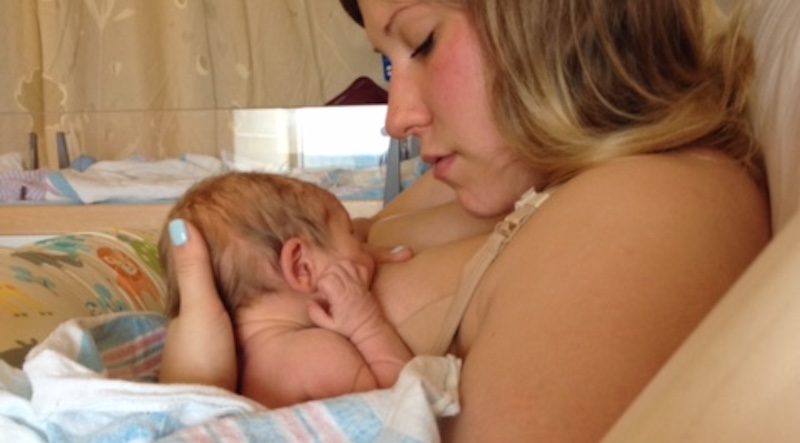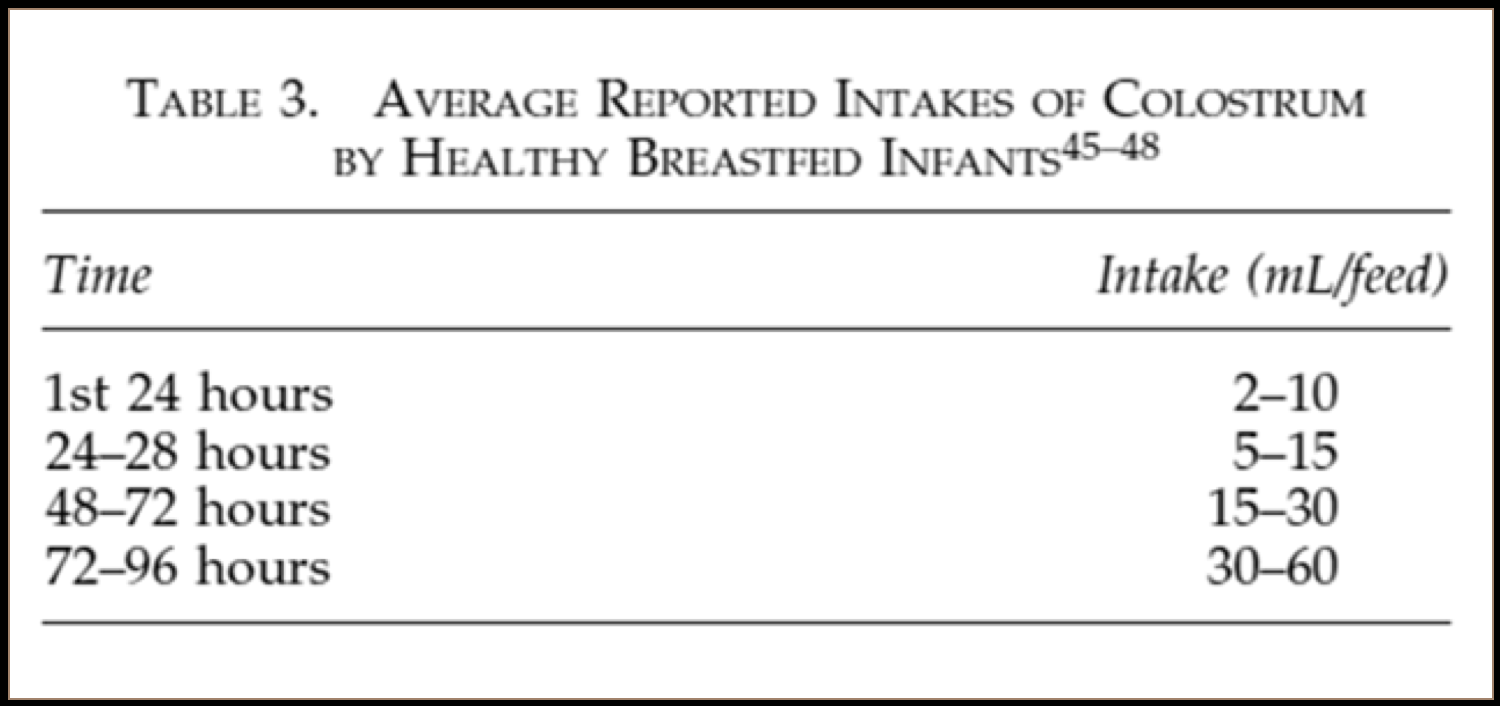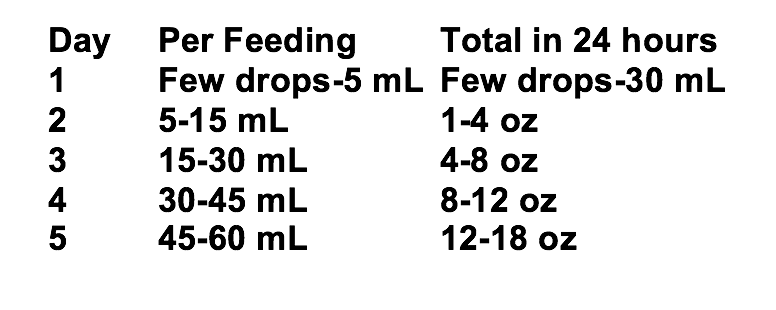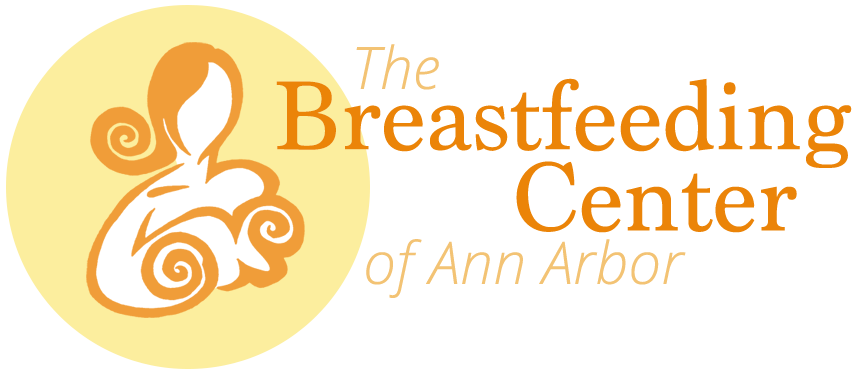The Baby Won't Latch
The baby won't latch!  You have been told all about the highs and lows about breastfeeding. The possible pain, being exhausted, not having enough breastmilk, but one thing people rarely mention is that sometimes the baby refused to even latch on the breast! You can’t breastfeed if the baby won’t latch! Right? Wrong! In the first few days or weeks a little baby can struggle with latching. This doesn’t mean they don’t want to latch. Usually babies aren’t latching because it is too hard for them.
You have been told all about the highs and lows about breastfeeding. The possible pain, being exhausted, not having enough breastmilk, but one thing people rarely mention is that sometimes the baby refused to even latch on the breast! You can’t breastfeed if the baby won’t latch! Right? Wrong! In the first few days or weeks a little baby can struggle with latching. This doesn’t mean they don’t want to latch. Usually babies aren’t latching because it is too hard for them.
Common Reasons Babies Won't Latch
1
The birth- Too long, too short, c-cection, head being tilted funny, vacuum extraction, on and on. Being born is hard on mother and baby, but boy is it hard on that baby head! This can cause pain for the baby when they try to latch so they often don’t.
2
Being in the wrong position when trying to breastfeed. We suggest laid back breastfeeding or making sure they baby is well supported, whole body against mom’s body, getting the baby’s chin off of the baby’s chest, and having both cheeks touching equally.
3
The baby is tongue tied. Google it.
4
Baby was born preterm, lacks fat in their cheeks, or another physical issue.
5
Baby has had too many fast flow bottles and is impatient.
Almost all of the above can be resolved with some expert help.
The first rule of lactation help is to FEED THE BABY. Your baby needs to eat so if they are not latching to the breast you need to feed them another way.
Here are some choices:
1. Spoon or cup feed them. In the first few days doing some hand expression (we’ll talk about this in a minute) right into a little teaspoon and feeding it to the baby is a great idea. Once your milk volume increases you can cup feed. Here are some videos to help you with this.
These are NOT recommend:
The baby should be more upright and not on his back. The person feeding him is not watching his feeding cues. Yikes!
They are just pouring the milk into the baby’s mouth. You can hear the baby struggling to breathe.
2. Finger feed the baby. This method actually helps the baby work on the skills they need for breastfeeding. Here are some videos and ideas:
3. Paced bottle feeding. Don’t be afraid of using bottles if your baby is not breastfeeding after a few days. We now feel that “nipple confusion” is not the issue but rather “flow preference”. Babies get use to the fast flow of the bottle and this makes them impatient at the breast. Have the baby sitting up, touch bottle teat to the chin. When the baby opens up, let the baby have a few gulps and then gently twist the nipple out of the baby’s mouth to break the seal and set the teat on their cheek, chin, or upper lip, and let them catch their breath. When the opens their mouth again, let them suck some more. Keep the bottle tilted so the milk just fills the teat. Making bottle feeding take time and be work are important! Here are some videos to help:
Babies need to eat just a bit for the first days:

Reference for above: The Academy of Breastfeeding Medicine Protocol Academy of Breastfeeding Medicine, ABM Clinical Protocol #3, 2017.
And: Stanford University uses Rioden and Wambach
Neonatal Feeding Amounts for the First Five Days Following Birth (Full Term Infants)

After day 5 or so, we switch to the idea that babies need to eat about 2.5 oz (75 mls) per pound per 24 hours. So an 8 lbs baby would need to eat about 20 oz. We have a FREE Infant Feeding Calculator and more information about this if you are interested. This number of oz per 24 hours should not go above 25-28 oz for a human baby! As they get bigger in pounds, they slow down in growth. A literal huge problem with bottle feeding in general is that babies get overfed and this leads to obesity.
The second rule of lactation is to build up and protect the breastmilk supply. Hand expression is a great way to empty your breasts in the first 1-5 days. Here are some helpful videos for hand expression:
https://globalhealthmedia.org/portfolio-items/expressing-and-storing-breastmilk/?portfolioID=10861
http://www.bfmedneo.com/BreastMassageVideo.aspx
Leads to more BF! http://fn.bmj.com/content/early/2011/06/09/adc.2010.209213.abstract
Helps make more milk http://www.nytimes.com/2011/07/26/health/research/26patterns.html?_r=3&src=recg
Watch Stanford University Example http://med.stanford.edu/newborns/professional-education/breastfeeding/maximizing-milk-production.html
After a day or two, if the baby is still not latching most mothers move into using a breast pump in combination with hand expression. If you are still in the hospital the nurses should help you figure out how to use it.
Breast Pump Hints
Get a hand’s free pumping bra, especially if you are going back to work later, you’ll need it then too. It makes pumping so much easier. Try the Simple Wishes bra.
Relax! At first you need to get used to pumping. Do some deep breathing. Imagine your baby. Or play Candy Crush! You need to make friends with your breast pump.
Check your breast shield size. If it feels pinchy or you are not getting much breastmilk, you may need to go up or down in breast shield sizes. In our clinical experience, most mothers need to go up in size, not down.
Put some organic coconut oil on the breast shields. This can help with comfort and breastmilk release.
Massage your breasts and/or warm them up before you get started with pumping. Again, research shows this helps with breastmilk production.
Double pump. Research shows you get more breastmilk when you pump both breasts at once.
Feed the baby, protect your breastmilk supply, and please, get some expert help!
